Free One Hundred Chart Printable: Get ready to dive into the world of counting and math concepts with this handy resource! In this article, we’ll explore the purpose and benefits of using a one hundred chart, discuss different printable options available, and provide engaging activities for teaching math using the chart.
Whether you’re a teacher looking for new ideas or a parent wanting to support your child’s learning at home, this guide has got you covered. So, let’s get started with free one hundred chart printable!
Introduction to One Hundred Chart
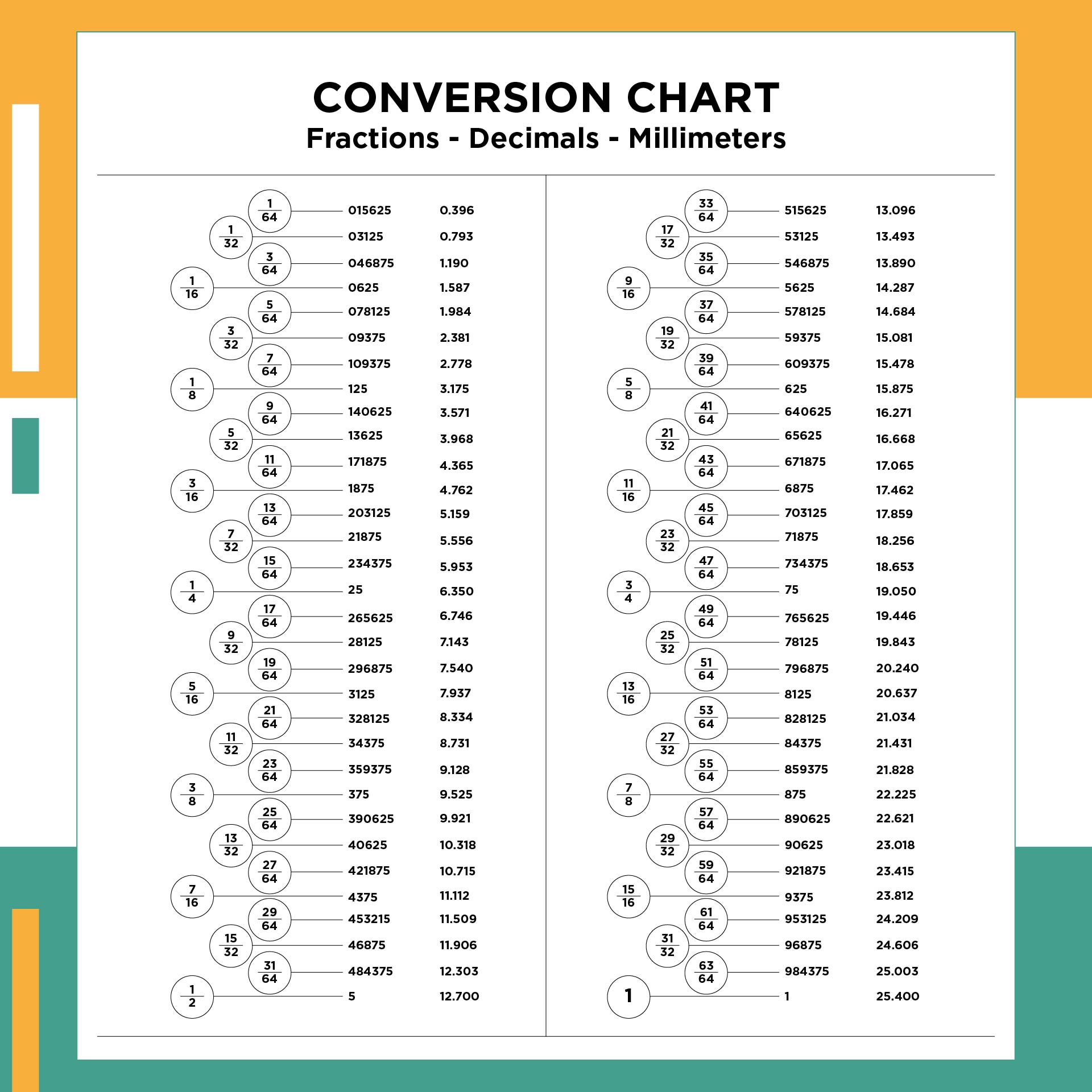
A one hundred chart is a grid that contains numbers from 1 to 100. It is a useful tool in mathematics education to help students understand number patterns, counting, and basic math operations. The chart consists of ten rows and ten columns, with each cell representing a number.Using
a one hundred chart can benefit both teachers and students. It provides a visual representation of numbers, making it easier for students to grasp number concepts and relationships. It also helps develop number sense and promotes mental math skills. Teachers can use the chart to teach a variety of math topics, including skip counting, addition, subtraction, multiplication, and division.In
different educational settings, a one hundred chart can be used in various ways. Here are some examples:
In the Classroom
Teachers can use the one hundred chart to introduce number patterns, such as counting by twos, fives, or tens. They can also use it to demonstrate addition and subtraction strategies, such as finding missing numbers or identifying number pairs that add up to a given sum.
Students can actively participate in these activities by filling in the missing numbers or solving math problems using the chart.
If you’re looking for a fun and creative activity for the holiday season, why not try out some Christmas color by number printables? These printable coloring pages feature festive holiday scenes that you can color in using the corresponding numbers.
It’s a great way to relax and get into the Christmas spirit. You can find a wide variety of Christmas color by number printables here . Whether you’re a beginner or an experienced colorist, there’s something for everyone. So grab your colored pencils or markers and start coloring!
Homework and Practice
One hundred chart worksheets can be assigned as homework or used for independent practice. Students can complete activities such as coloring specific numbers, circling multiples of a given number, or identifying patterns on the chart. These exercises reinforce number recognition, counting skills, and mental math abilities.
Math Games
Teachers can incorporate the one hundred chart into math games to make learning more engaging and interactive. For example, they can create a “number race” game where students roll a dice and move their game piece forward on the chart based on the number rolled.
This game helps develop number sense and reinforces counting skills.
Data Analysis
The one hundred chart can also be used for data analysis activities. Students can collect data by surveying their classmates’ favorite numbers, birth months, or other relevant information. They can then represent the data on the chart by shading or coloring the corresponding cells.
This activity introduces students to basic data representation and analysis skills.Using a one hundred chart in education enhances students’ understanding of numbers and mathematical concepts. It provides a visual and interactive tool that supports their learning journey. Whether it’s in the classroom, during homework, through games, or for data analysis, the one hundred chart is a versatile resource that promotes mathematical thinking and problem-solving skills.
Printable One Hundred Chart Options
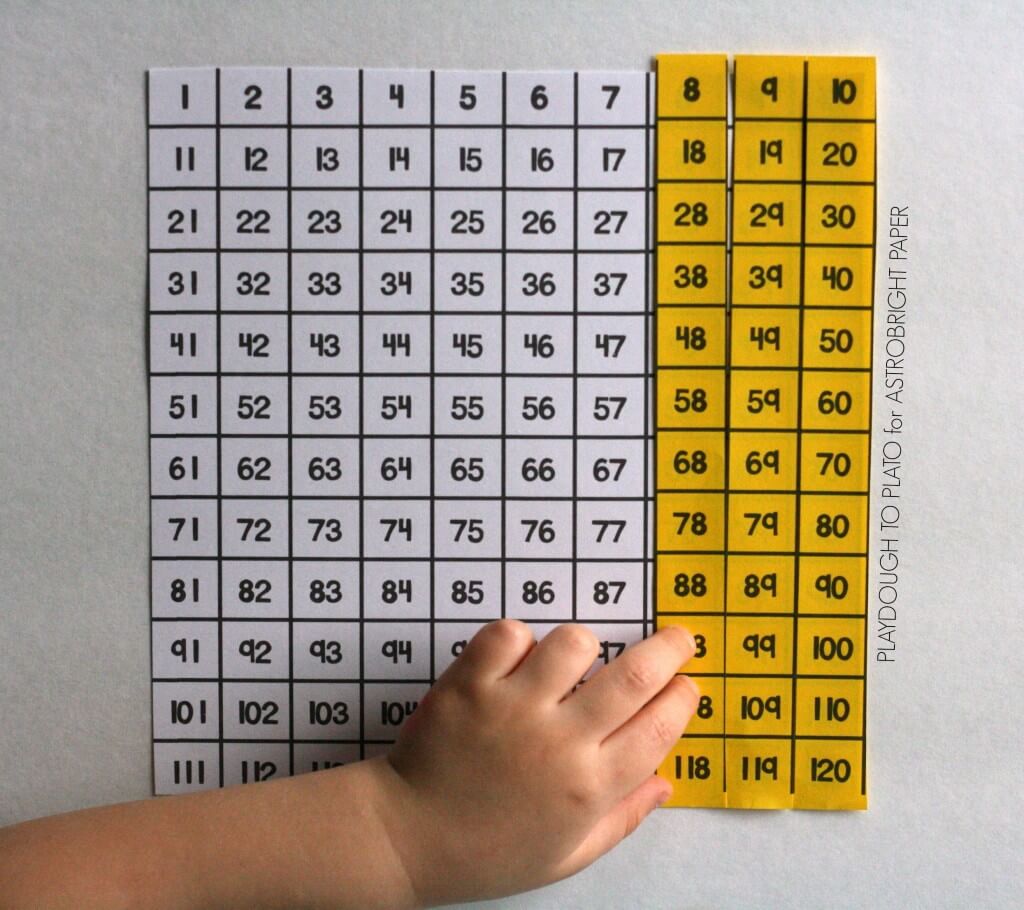
Printable one hundred charts are a useful tool for teaching and practicing number recognition, counting, and patterns. There are various types of printable one hundred charts available, each with its own unique features and benefits.
Numbered Charts
Numbered one hundred charts are the most common type of printable charts available. These charts have numbers from 1 to 100 arranged in a grid format, making it easy for children to identify and count numbers. Numbered charts are great for beginners who are just starting to learn numbers and counting.
Blank Charts
Blank one hundred charts are charts without any numbers filled in. They provide a blank canvas for students to fill in the missing numbers themselves. Blank charts are beneficial for practicing number sequencing, skip counting, and identifying patterns. Students can also use them to create their own number games or puzzles.
Colored Charts
Colored one hundred charts use different colors to highlight specific patterns or number groups. For example, multiples of 2 can be colored in blue, while multiples of 5 can be colored in green. Colored charts help students visualize number patterns and relationships more easily.
They are especially useful for teaching multiplication and divisibility rules.
Themed Charts
Themed one hundred charts incorporate fun and engaging themes to make learning more enjoyable. These charts feature popular characters, animals, or objects that children can relate to. Themed charts can be used to teach various concepts, such as color recognition, animal names, or even basic addition and subtraction.
Advantages and Disadvantages of Printable Charts
Printable one hundred charts offer several advantages compared to physical charts. Firstly, they are easily accessible and can be printed from various online sources. They are also cost-effective, as you can print as many copies as needed without having to purchase multiple physical charts.
Printable charts are also portable and can be carried anywhere for on-the-go learning.However, there are some disadvantages to printable charts as well. Printed charts may not have the same durability as physical charts, especially if they are not laminated. Additionally, some children may prefer the tactile experience of using physical charts, which allows them to physically touch and move the numbers.
Where to Find Free Printable One Hundred Charts Online
There are several websites that offer free printable one hundred charts. Here are a few reliable sources:
1. Education.com
[link to the website]
2. Math Salamanders
[link to the website]
3. Teachers Pay Teachers
[link to the website]These websites provide high-quality printable charts that can be easily downloaded and printed for educational purposes.
Using a One Hundred Chart for Counting and Number Sense

Using a one hundred chart can be a helpful tool in teaching counting and number recognition to students. The chart provides a visual representation of numbers from 1 to 100 organized in a grid format. Here are some strategies and activities that can be used to develop number sense using the chart.
Counting and Number Recognition
To use a one hundred chart for counting and number recognition, start by introducing the chart to the students and explaining how it is organized. Point out the pattern of numbers from left to right and top to bottom. Encourage students to trace their fingers along the chart as they count.One
activity to reinforce counting skills is to have students fill in missing numbers on the chart. Give them a partially completed chart and ask them to fill in the missing numbers. This activity helps students practice counting and recognizing number patterns.
Developing Number Sense
Number sense refers to a student’s understanding of numbers and their relationships. Here are some strategies to help students develop number sense using the one hundred chart:
1. Skip Counting
Have students practice skip counting by twos, fives, or tens using the chart. This helps them recognize number patterns and develop a sense of number magnitude.
2. Number Patterns
Discuss different number patterns that can be found on the chart, such as counting by threes or finding numbers that are multiples of a certain number. Encourage students to identify and describe these patterns.
3. Comparing Numbers
Use the chart to compare numbers. Ask students questions like, “Is 37 greater or less than 53?” or “What number comes between 65 and 68?” This helps students develop an understanding of number relationships and order.
4. Addition and Subtraction
Use the chart to practice addition and subtraction. Ask students to find the sum or difference of two numbers on the chart. This activity helps them develop number sense by applying mathematical operations to the visual representation of numbers.
Activities and Games
Here are some activities and games that can be played with the one hundred chart to reinforce counting skills:
1. Number Scavenger Hunt
Give students a list of numbers and have them find and mark the corresponding numbers on the chart. This activity helps them practice number recognition and counting.
2. Bingo
Create a bingo board with numbers from the chart. Call out numbers and have students mark them on their boards. The first student to get a row or column filled shouts “Bingo!”
3. Number Jump
Call out a number and have students jump to that number on the chart. This game helps them practice number recognition and physical movement.Using a one hundred chart for counting and number sense can make learning engaging and interactive for students.
Easter is a time for celebration and what better way to celebrate than with some free Easter coloring pages? These printable coloring pages feature cute bunnies, colorful eggs, and other Easter-themed designs. Whether you’re a kid or a kid at heart, coloring can be a fun and relaxing activity.
You can find a variety of free Easter coloring pages here . Simply print them out and grab your favorite coloring supplies to create beautiful Easter masterpieces. Happy coloring!
Incorporate these strategies and activities into your lessons to help students develop a strong foundation in number sense.
Teaching Math Concepts with a One Hundred Chart
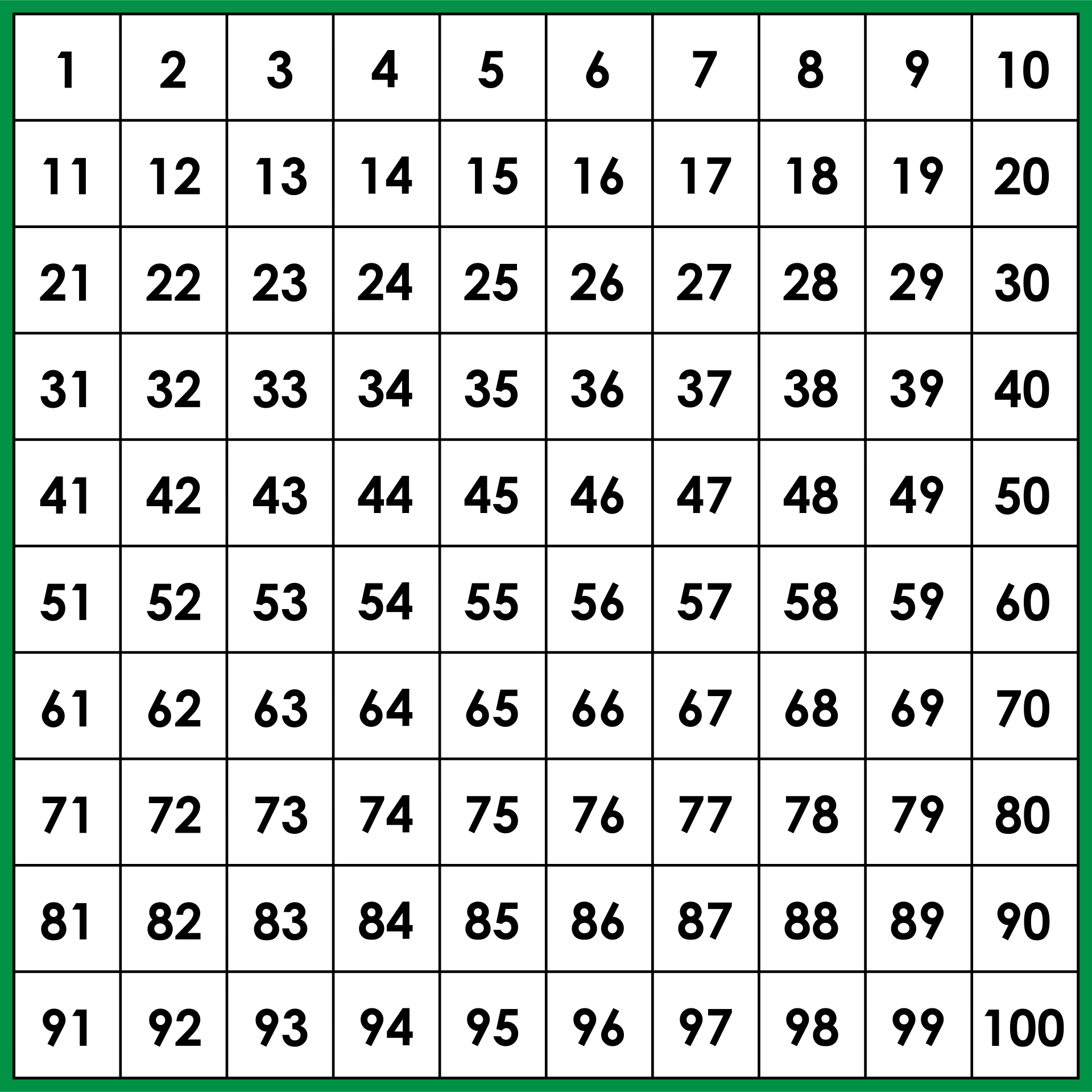
A one hundred chart is a valuable tool for teaching various math concepts to students. It provides a visual representation of numbers from 1 to 100, which can help students develop a strong foundation in mathematical understanding. Here are some examples of how a one hundred chart can be used to teach addition and subtraction, strategies for introducing skip counting and multiplication, and ideas for exploring patterns, multiples, and factors.
Using a One Hundred Chart for Addition and Subtraction
One way to use a one hundred chart for addition is by having students identify a starting number and then counting a certain number of spaces forward to find the sum. For example, if the starting number is 23 and the counting number is 5, students can count forward 5 spaces to find that 23 + 5 = 28.Similarly,
a one hundred chart can be used for subtraction by having students start with a number and count a certain number of spaces backward. For example, if the starting number is 54 and the counting number is 8, students can count backward 8 spaces to find that 54
8 = 46.
Introducing Skip Counting and Multiplication
Skip counting is an important skill for students to learn before they begin multiplication. A one hundred chart can be used to introduce skip counting patterns. For example, students can start at 2 and count by 2s, filling in the chart with the numbers 2, 4, 6, 8, and so on.
This helps students see the pattern and understand the concept of multiplication.Once students have a solid understanding of skip counting, the one hundred chart can be used to teach multiplication. Students can identify a number on the chart and count a certain number of spaces forward to find the product.
For example, if the starting number is 7 and the counting number is 3, students can count forward 3 spaces to find that 7 x 3 = 21.
Exploring Patterns, Multiples, and Factors
A one hundred chart can also be used to explore patterns, multiples, and factors. Students can observe the patterns formed when counting in different directions or by different numbers. They can also identify the multiples of a given number by finding the numbers that can be evenly divided by that number.
For example, students can use the one hundred chart to identify the multiples of 4, which would be 4, 8, 12, 16, and so on.Additionally, students can use the one hundred chart to find factors of a given number. They can identify the numbers that can be multiplied together to give the given number.
For example, students can use the one hundred chart to find the factors of 20, which would be 1, 2, 4, 5, 10, and 20.Using a one hundred chart in these ways helps students develop a deeper understanding of mathematical concepts and strengthens their number sense skills.
Incorporating One Hundred Chart Activities in the Classroom: Free One Hundred Chart Printable
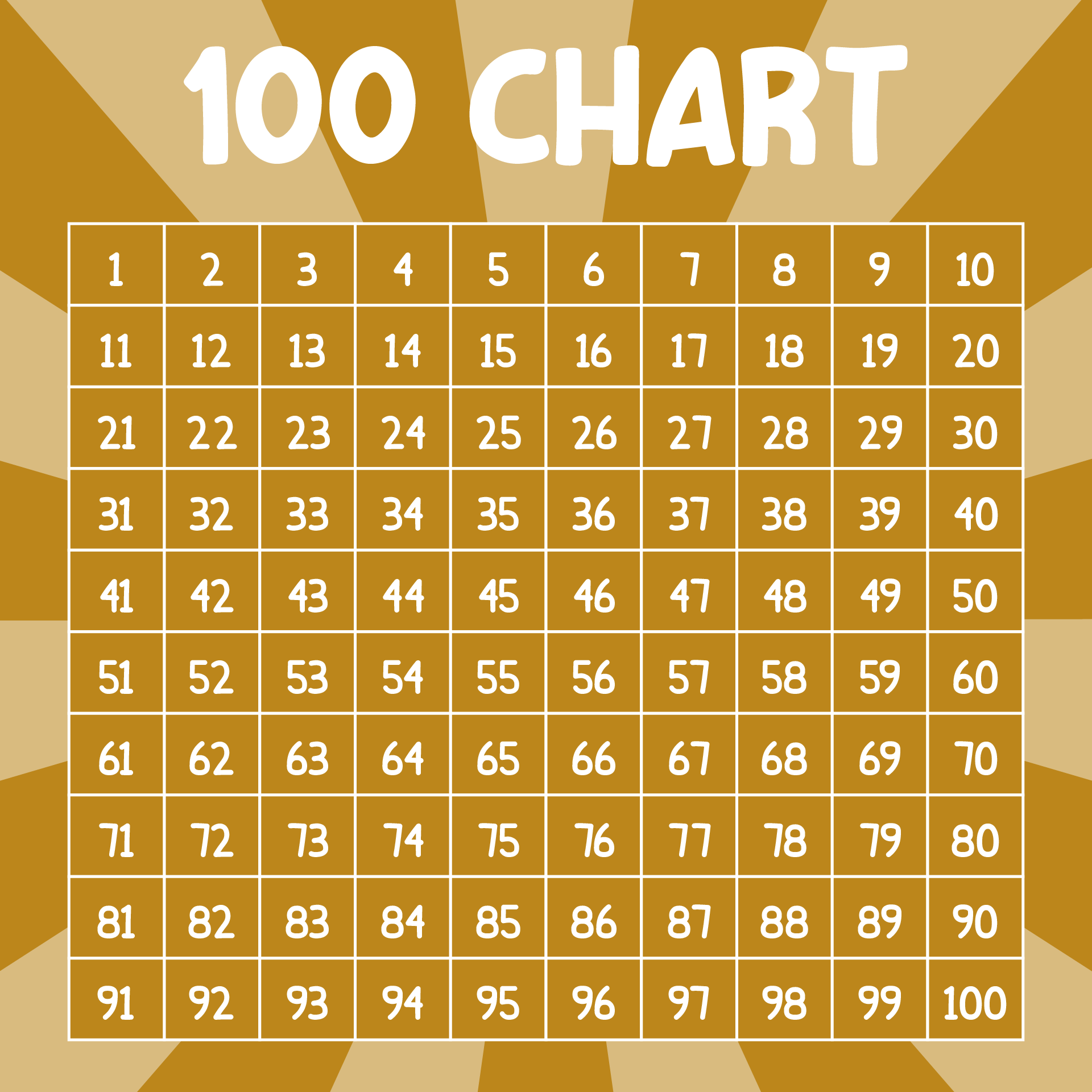
One hundred chart activities are a great way to engage students and enhance their understanding of numbers and counting. By incorporating these activities into your lesson plans, you can create an interactive and stimulating learning environment for your students. Here are some ideas for lesson plans that incorporate the use of a one hundred chart:
1. Number Patterns
Introduce the concept of number patterns by using the one hundred chart. Start by demonstrating how to count by ones, then move on to counting by twos, fives, and tens. Ask students to identify the patterns they observe on the chart.
Encourage them to find and explain other number patterns as well. This activity helps develop students’ number sense and critical thinking skills.
2. Skip Counting
Use the one hundred chart to practice skip counting. Provide students with a starting number and ask them to skip count by a specified interval. For example, start at 10 and skip count by 3. Encourage students to use the chart to visualize the skip counting sequence.
This activity reinforces multiplication concepts and helps students build fluency in skip counting.
3. Number Recognition
Create a game where students have to identify and mark specific numbers on the one hundred chart. For example, call out a number and ask students to find and circle it on their chart. You can also provide students with a list of numbers and challenge them to find and mark all the numbers on the chart within a given time limit.
This activity helps students improve their number recognition skills.
4. Counting and Addition
Use the one hundred chart to reinforce counting and addition skills. Ask students to start at a given number and count forward or backward by a specified number. Then, ask them to add or subtract a given number from the starting number and identify the resulting number on the chart.
This activity helps students develop their mental math skills and strengthens their understanding of number operations.
5. Number Games
Create interactive and engaging games using the one hundred chart. For example, you can play “Race to 100” where students take turns rolling a dice and moving that number of spaces on the chart. The first student to reach 100 wins.
You can also create a “Mystery Number” game where students have to guess a number based on clues given about its location on the chart. These games make learning fun and promote strategic thinking.Incorporating one hundred chart activities in the classroom can be made engaging and interactive for students by using hands-on manipulatives such as counters or color-coded chips.
This allows students to physically interact with the chart and enhances their understanding of number concepts. Additionally, incorporating technology such as interactive whiteboards or online one hundred charts can also make the activities more engaging.To meet the needs of diverse learners, it is important to provide differentiation in the activities.
Consider providing additional support or scaffolding for struggling students, such as providing them with a partially filled chart or using color-coded cues to help them identify patterns. For advanced learners, challenge them with more complex patterns or higher-order thinking questions related to the chart.By
incorporating these activities into your lesson plans, you can create an engaging and interactive learning experience for your students while reinforcing important math concepts. Have fun exploring the possibilities of the one hundred chart in your classroom!
One Hundred Chart Resources for Teachers
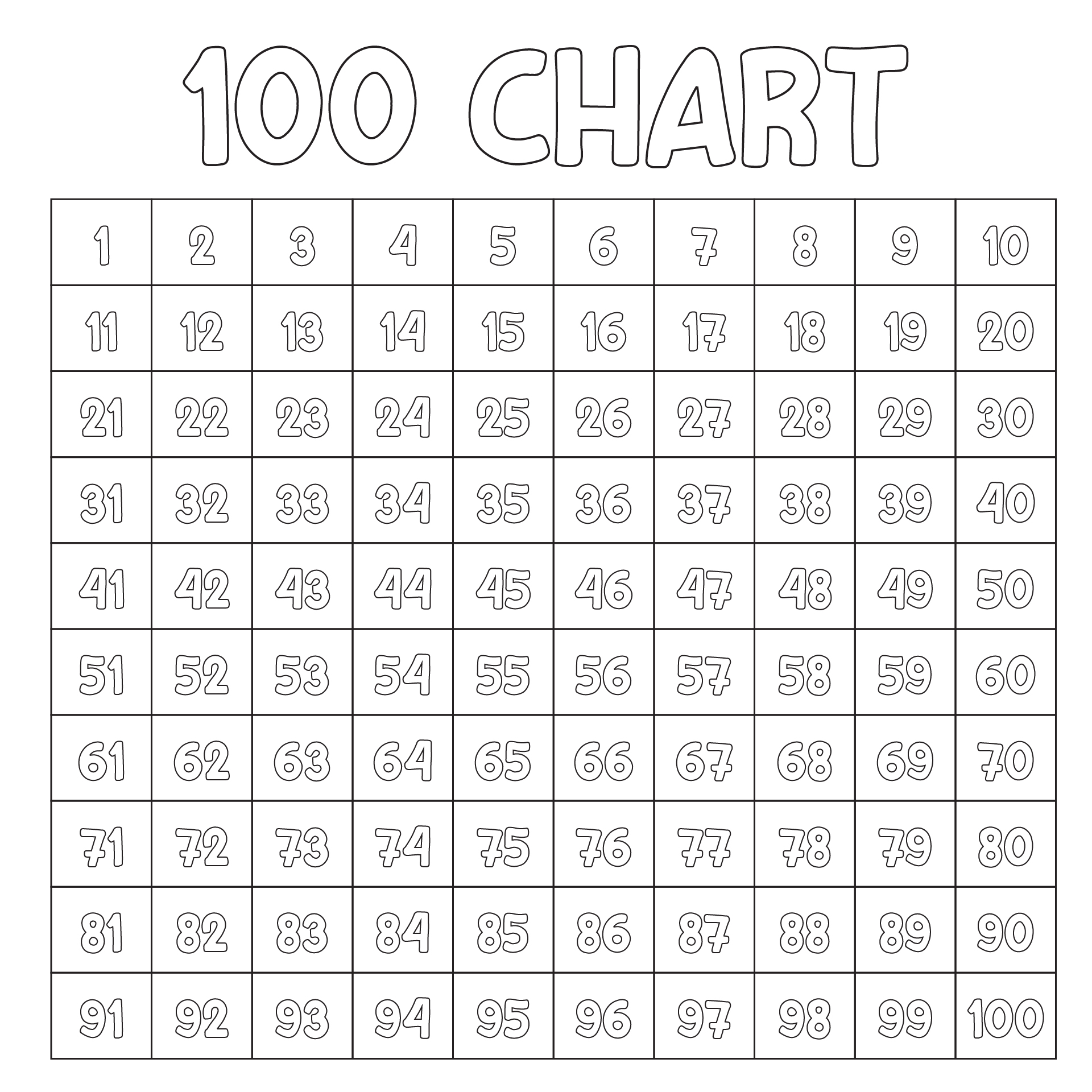
One hundred chart resources can be valuable tools for teachers to enhance their instruction and engage students in meaningful mathematical activities. These resources provide additional materials, professional development opportunities, and further exploration of the topic.
Online Resources and Websites
- Math Learning Center: This website offers free printable one hundred charts, as well as interactive activities and games that can be used to reinforce number sense and counting skills.
- Teachers Pay Teachers: This online marketplace for educators features a wide range of resources related to one hundred charts, including worksheets, task cards, and lesson plans created by other teachers.
- National Council of Teachers of Mathematics (NCTM): The NCTM website provides access to a variety of resources, including articles, lesson ideas, and professional development opportunities, all centered around mathematical concepts such as using one hundred charts.
Apps for One Hundred Charts
- Math Slide: This app allows students to practice counting, number recognition, and pattern recognition using a virtual one hundred chart. It also includes interactive games and puzzles.
- Number Frames: With this app, students can explore numbers and patterns using a virtual one hundred chart. They can drag and drop numbers to create number patterns and solve problems.
- Math Learning Center: The Math Learning Center also offers a free app called “Number Pieces” that includes a virtual one hundred chart and manipulatives for exploring numbers and operations.
Professional Development Opportunities, Free one hundred chart printable
- Local Workshops: Check with your local school district or educational organizations for workshops or seminars on using one hundred charts in the classroom. These sessions can provide valuable insights and strategies for incorporating one hundred charts effectively.
- Online Courses: Websites like Coursera and edX offer online courses on mathematics education and instructional strategies. Look for courses that specifically cover using manipulatives and visual tools, such as one hundred charts, in teaching math.
- Professional Associations: Joining professional associations, such as the National Council of Teachers of Mathematics, can provide access to conferences, webinars, and resources focused on math education and the use of tools like one hundred charts.
Recommended Books and Articles
- “Using the 100-Chart to Teach Number Sense, Operations, and Patterns” by Sherry Parrish
- “Math Workstations in Action: Powerful Possibilities for Engaged Learning in Grades K-5” by Nicki Newton
- “Teaching Student-Centered Mathematics: Developmentally Appropriate Instruction for Grades Pre-K-2” by John A. Van de Walle, Karen S. Karp, and Jennifer M. Bay-Williams
